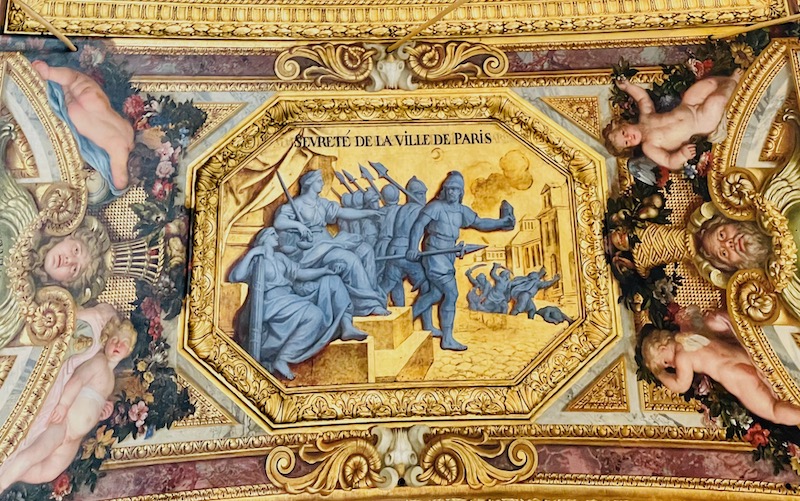Policing Paris
 I designed, secured funding for, and led a summer study abroad program titled “Policing Paris,” which took students on a ten-day exploration of how policing practices in France are shaped by race, class, gender, sexuality, and religion. The program critically examined the intersections of social surveillance, immigration control, racial profiling, criminalization, and incarceration, all within the broader context of France’s history of race, colonialism, and imperialism.
I designed, secured funding for, and led a summer study abroad program titled “Policing Paris,” which took students on a ten-day exploration of how policing practices in France are shaped by race, class, gender, sexuality, and religion. The program critically examined the intersections of social surveillance, immigration control, racial profiling, criminalization, and incarceration, all within the broader context of France’s history of race, colonialism, and imperialism.
The program included visits to key cultural and historical sites such as the Musée de la Préfecture de Police, Musée de l’Homme, Musée du Quai Branly, Musée de la Chasse et de la Nature, Le Louvre, Château de Versailles, and the Musée National de l’Histoire de l’Immigration.




Students also participated in a street art walking tour of Vitry-sur-Seine and engaged in discussions with Léopold Lambert of The Funambulist and French political scientist Françoise Vergès.

Drawing inspiration from my previous work with AREA Chicago’s Notes For a People’s Atlas, a grassroots mapping project, I engaged students in a creative exercise that invited them to fill in a blank map of Paris based on their initial beliefs and knowledge of the city. Afterward, they completed a second map, this time reflecting the deeper understanding and insights they had gained through their experiences and learning in Paris.

